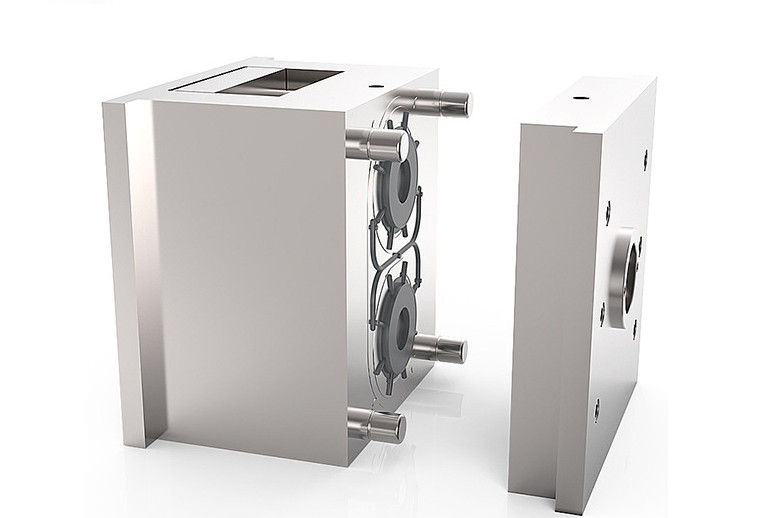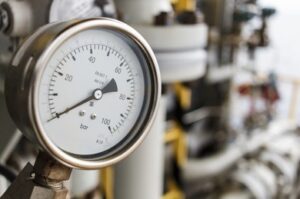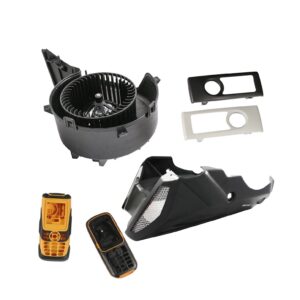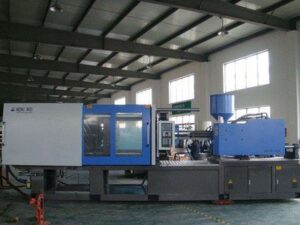Using molds for plastic injection has a number of advantages. They can be used to make products in a variety of applications, and there are several different types of molds to choose from. Some of these include cold runners, overmolding, and steel.
Steel
Choosing the right type of steel molds for plastic injection is essential to a project’s success. There are numerous options available and it can be difficult to decide which one to use. Thankfully, manufacturers can consult with a specialist to determine which one is right for their business.
The best steel molds for plastic injection can be used in a variety of applications, including holding workpieces and creating cavities for the injection process. While each steel option has its pros and cons, there are some characteristics that make each one unique.
Steel molds for plastic injection are durable and can withstand high part volume production.
Aluminum
Using Aluminum molds for plastic injection is a cost effective method for producing high quality parts. They are ideal for rapid prototyping, machining, and design. They can be used for large or small production runs. However, they do have some disadvantages.
Aluminum molds are softer and less durable than steel molds. Because of this, they wear out faster. In addition, aluminum molds suffer from many defects. These include warping, surface delamination, and burn marks.
Aluminum molds also take less time to cool down than steel molds. This means that manufacturers can produce more parts in a shorter time frame. They also offer a lower initial cost. However, aluminum molds are not recommended for high-volume production runs.
Steel molds are durable, but they are also expensive. This means that steel molds are a long-term investment. Steel is also strong and can withstand high stresses during the injection molding process. Therefore, steel molds are better suited to high-volume production runs.
Cold runner
During an injection molding process, molten plastic is injected into a mold and cooled. The molten material is delivered to the cavity through the sprue, a runner, or a combination of both.
Cold runner molds are less expensive than hot runner assemblies. They are also easier to maintain, require less cooling time, and allow for the use of more polymers. They are also ideal for smaller volume runs and are suitable for polymers that are heat-sensitive.
Cold runners are made up of an unheated channel that is cut into the mold, and is cooled by the mold. The runner is then placed into the cavity. The part is then molded.
Cold runners are more cost-effective than hot runners for lower-volume runs but are less ideal for high-volume runs. They also produce a higher amount of waste material. They also require a greater channel width to enable the plastic to flow through each cycle.
Cold runner molds are able to be reused or recycled. This process slows down production and adds to the total cycle time. However, they may be more cost-effective for prototype testing.
Overmolding
Unlike conventional molding, overmolding is a multi-shot process that bonds two or more thermoplastics together to produce a single end product. The process involves a substrate, overmolding material, and an insert.
In overmolding, the substrate material is exposed to high heat and pressures. This can cause cracking and shrinkage. To avoid this problem, the substrate should have features that help maintain its shape. The substrate should also be rigid and rugged enough to withstand the process.
When selecting a substrate, you should choose one that has good chemical bonding properties. This is important for overmolding. For instance, plastics that have a low melting point are better choices for the substrate. Chemical bonding can be promoted by using primers and plasma treatment.
Choosing the overmold material is another important step in overmolding. This is because overmolding materials can add a variety of characteristics to the part. Elastomers, for example, can add a rubbery texture and provide better grip.






